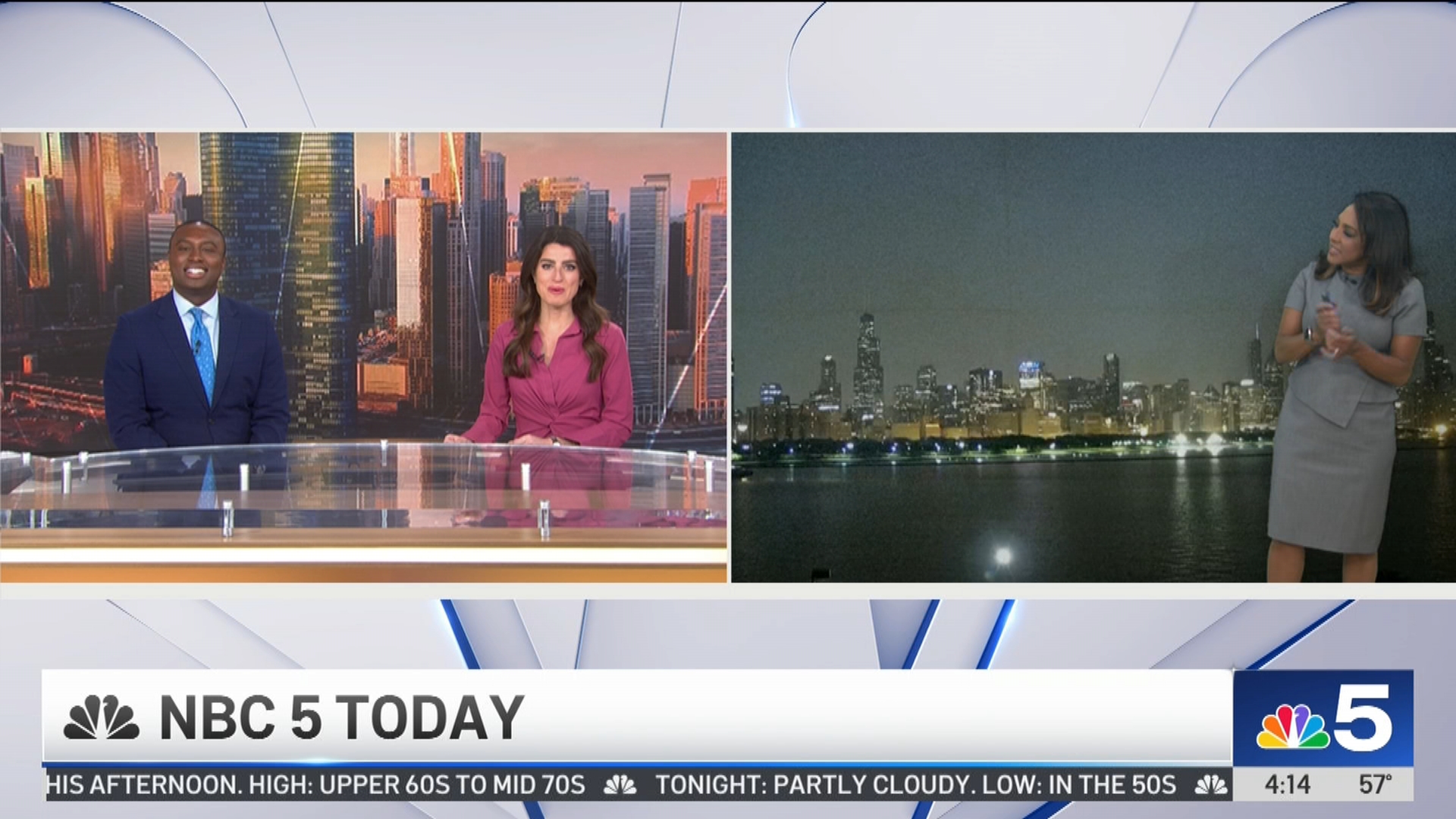As Canadian wildfire smoke returns to the Chicago area, an air quality alert has been issued for most of the region.
The Air Pollution Action Day was issued by the Illinois Environmental Protection Agency, and will be in effect Thursday in McHenry, Lake, Kane, DuPage, Kendall, Grundy, Cook and Will counties.
Stream NBC 5 for free, 24/7, wherever you are.
Some parts of the Chicago area are already seeing elevated air pollutant levels, and the expectation is that will continue as smoke will return after being briefly held at bay by rain in the region.
So what triggers the alerts? What is the Air Quality Index? Most importantly, how can you find your up-to-date AQI? Here’s what you need to know.
So what is the Air Quality Index?
According to officials, the AQI is used by the Environmental Protection Agency to communicate to the public air quality levels, and how they can impact day-to-day life.
There are six different levels of air quality, and they’re all color-coded to illustrate changes in quality and how they impact residents.
Typically, anything above 100 is considered to be hazardous to at least some groups, and anything over 150 is considered to be “unhealthy,” posing issues to the general public.
Feeling out of the loop? We'll catch you up on the news you need to know with the Chicago Catch-Up newsletter.
How can Chicago-area residents find their AQI?
AirNow provides a tool for residents to search their ZIP code to see what their forecasted air quality is, both in real time and for the days ahead.
For a more granular look, the website also offers information on different measurement stations around the area in real-time, allowing residents to track air quality in areas near their homes.
Finally, you can consult this map courtesy of NBC Chicago:
What are residents asked to do when there’s an Air Pollution Action Day?
When the Illinois EPA issues an “Air Pollution Action Day,” there are steps recommended for state residents, especially those with conditions like asthma, heart disease or others.
Those steps include reducing the intensity of exercise or strenuous work outdoors if possible. If that’s not possible, then taking frequent breaks is advised.
Avoiding activities that can increase air pollution, both indoors and outdoors, is also advised. That includes avoiding smoking, burning candles, using gas stoves, or vacuuming indoors.
Outdoors, that includes avoiding filling up your vehicle’s gas tank until after sunset, and also grouping errands to minimize the number of trips taken. Carpooling and use of public transit are also highly encouraged on high pollution days.



